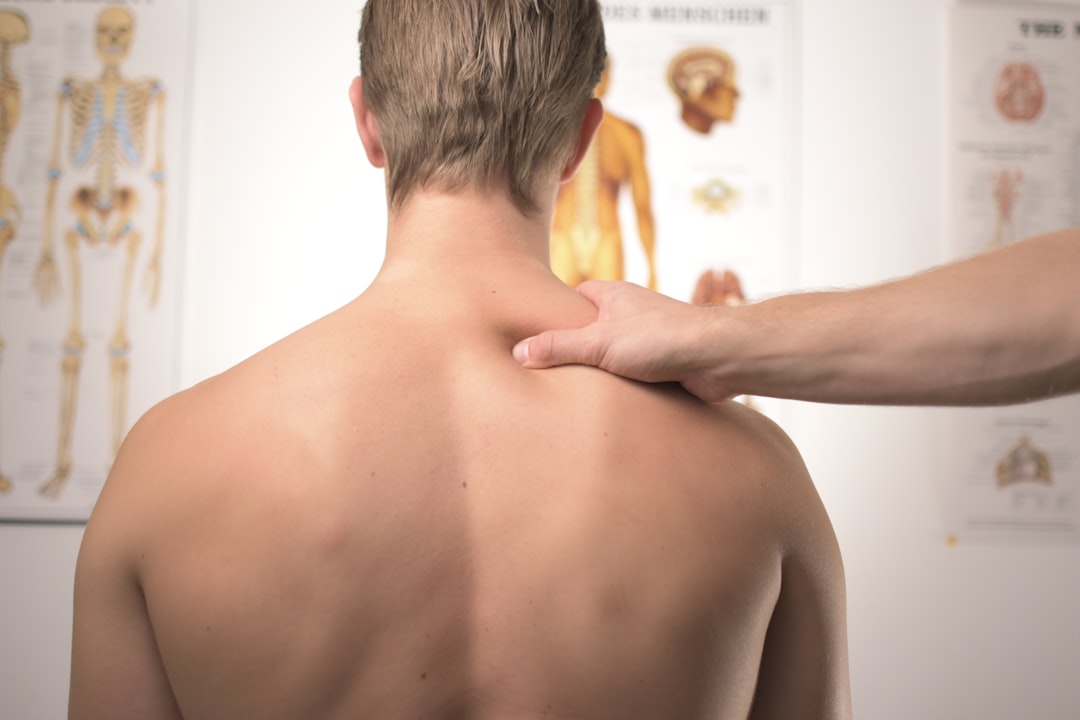Photo by Jesper Aggergaard / Unsplash
Having a stroke often results in one-sided weakness. This weakness will usually affect the upper extremity as well as the lower extremity. It is important to start doing therapeutic exercises as soon as your doctor clears you to after a stroke. Right after a stroke, many people may experience shoulder weakness which can lead to shoulder pain. In order to regain strength and mobility in the shoulder, you must retrain your brain through a process called neuroplasticity. Neuroplasticity is the brain’s ability to create new connections and neuro pathways by performing repetitive movements.
Common shoulder conditions one may exhibit after a stroke are:
Shoulder Subluxation: A shoulder subluxation is when one partially dislocates the shoulder and the head of the arm bone comes partially out of the socket. This can be caused by weakness or spasticity. Another common physical condition after a stroke is a paralyzed arm.. A paralyzed arm often hangs to the side of the body, and without the proper support from the shoulder muscles, gravity stretches the tissues around the shoulder complex causing a shoulder subluxation. Therefore, it is important to provide proper support for the affected arm at all times.
Treatment ideas: Perform repetitive and gentle motions in order to retrain the brain through the process of neuroplasticity. The stronger the neural pathways are the more relaxed your shoulder will be! In order to address the pain, one can use a sling or kinesio taping, however, one should not use a sling all the time! Electrical stimulation is another common treatment idea. Electrical stimulation can help increase blood flow, decrease pain, decrease inflation, and increase function.
Frozen Shoulder: Frozen shoulder is characterized by stiffness and/or pain in your shoulder. This is caused by non-use of the shoulder for an extended period, and symptoms usually begin gradually, worsening over time.
Treatment ideas: In order to treat frozen shoulder, it is important to do gentle, therapeutic exercises and keep that shoulder moving. Many doctors will recommend taking an over-the-counter anti-inflamortary medication to decrease inflammation and pain allowing for increased range of motion. Electrical stimulation can also help with frozen shoulder by increasing circulation and decreasing pain.

Tone/Spasticity in Shoulder: Spasticity in the shoulder is caused by involuntary muscle contractions. When these muscle contractions are more mild, it can cause muscle tightness. If it is more severe, however, it can cause uncontrollable spasms. Tightness and spasms in the muscles caused by a stroke can result in a great amount of shoulder pain.
Treatment ideas: When addressing tone and spasticity, you will need to perform repetitive shoulder exercises in order to retrain the brain through the process of neuroplasticity. Retraining the brain will help you have more control over your movements as well as help relax the muscles. Many doctors will prescribe medications such as Botox or Baclofen to help decrease the tone and spasticity. Medications should be used in conjunction with therapeutic exercises for optimal results.
Central Post Stroke Pain: Sometimes after having a stroke, people can suffer from Central Post Stroke Pain which is when your brain misinterprets stimulation as pain. This is caused by a neurological condition.
Treatment ideas: Unfortunately, Central Post Stroke Pain is very hard to treat. Talk to your doctor about different pain meds that may help address this issue.
One way to help address shoulder pain and shoulder weakness is by using the Neofect Smart Board to retrain the brain by doing repetitive therapeutic exercises based on the theory of neuroplasticity. The Neofect Smart Board unweights the user’s affected arm and focuses on repetitive functional movements in order to increase overall range of motion, coordination, and timing through reach retraining activities in a virtual reality world.

The Smart Board provides therapeutic gaming activities that simulate aspects of daily living as well as some fun, innovative games that mimic movement patterns that are common in everyday life. Technology does not only make therapy more motivating and fun, it also allows for our clients to accurately track their progress. The Smart Board allows for a high intensity and a high repetition program in a short amount of time. A recent study performed at Stanford Medical Center found that for best results it is important to utilize the Smart Board for at least 30 minutes a day, five times per week. Consistency is key!
To find out more information regarding the Smart Board please call us at 888-623-8947 or email us at contactus@neofect.com.







